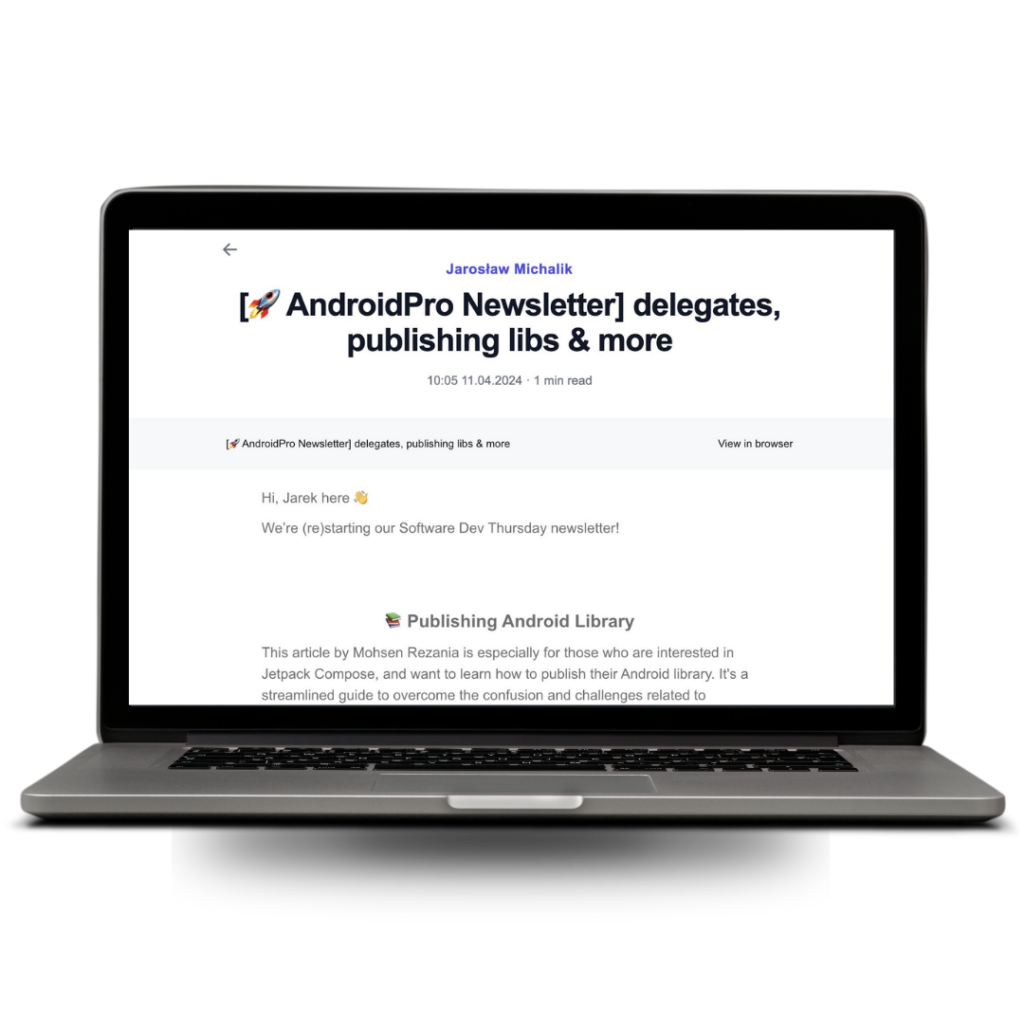It was a typical Monday morning when I walked into a modern office in Cracow. The company had a successful product, growing user base, and two talented teams – Android and iOS.
Classic setup, classic problems.
“Our releases are out of sync, processes are a mess, and we’re basically running two parallel products,” the CTO explained during our first coffee. “Can you help us align these teams?”
The Initial State 🛑
The Android team had their Jira board filled with technical tasks, while iOS organized everything by features.
Translations lived in two different systems.
Release schedules? The teams couldn’t even remember when they last shipped versions simultaneously.
The most telling moment came when I joined the team on morning standup. An iOS developer mentioned they just fixed a bug in the profile screen.
The Android team lead immediately asked, “Wait, do we have the same issue?”
Nobody knew. They had been so focused on their platforms that cross-platform knowledge sharing had become almost non-existent.
Analyzing their workflows revealed the full picture:
⚒️ Task Management
- Android: technically focused tickets (implement X, optimize Y)
- iOS: feature-focused approach
- Duplicate discussions in different tickets
- No clear cross-platform visibility
🇬🇧 Translations
- Android team managed strings via Google Spreadsheet files
- iOS used a localization platform
- Marketing team had to update texts in two different places
- No single source of truth
🔄 Release Schedule
- Android: “when it’s ready” approach
- iOS: trying to maintain bi-weekly rhythm
- No synchronized release candidates
- Hard to coordinate marketing campaigns
- Users getting features at different times
📝 Testing
- Both teams writing similar UI tests
- Different tools, different approaches
- Common paths tested twice
- No shared quality baseline
- Double maintenance effort
🆎 road to transformation
We started with translations – the most visible pain point. After evaluating options, we unified everything into a single flow in Localize platform. Marketing could now update texts in one place, and both platforms would automatically get the changes.
Task management was trickier. For 6 weeks we experimented with different Jira setups:
- First tried everything in shared tickets – too confusing for technical details
- Then split everything by platform – lost the feature overview
- Finally found the sweet spot: shared feature/bug tickets with linked platform-specific technical tasks
The release schedule transformation was surprisingly smooth once we established a clear pattern: RC every two weeks, no matter what.
While actual store releases still moved at their own pace (thanks, app review processes!), having synchronized candidates created a reliable rhythm for both teams.
Then came what turned out to be the game-changer: shared UI testing scenarios. We identified common paths every user takes:
- Login flow
- Profile status changes
- Navigation through main screens
- Basic content interactions
Instead of each platform maintaining separate tests for these, we created a single suite that with minimal adjustements could run on both platforms.
These became our “health check” – if these tests passed, we knew the basic user experience was intact on both platforms.
result?
Two months later, the transformation was evident:
- Features rolled out more predictably
- Bugs were caught earlier
- Cross-platform discussions became more productive
- Teams shared knowledge naturally
- Product could plan features with confidence
But the most telling change? During my final week on this consulting project, I noticed iOS developers sitting with the Android team during code reviews, discussing architecture patterns that could work on both platforms. The walls between platforms had started to come down.
key takeaways
So now you may be wondering – how to use this study to transform your team? Here’s few tips.
- Start with the most visible pain point – it builds trust for bigger changes
- Experiment with processes – what works for one team might not work for another
- Establish a rhythm – even if it’s not perfect, it gives teams a common ground
- Focus on shared experiences – they naturally bring teams together
- Don’t force identical processes – align where it matters, allow flexibility where it doesn’t


